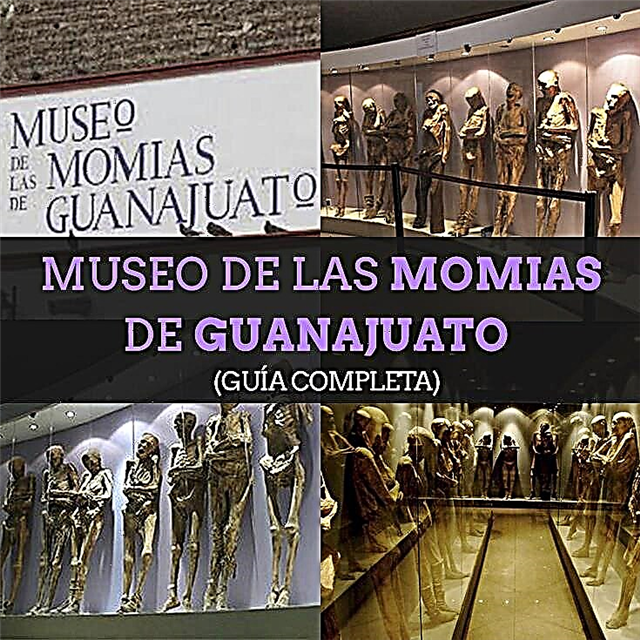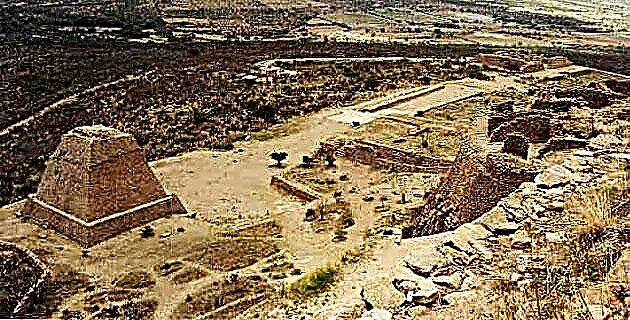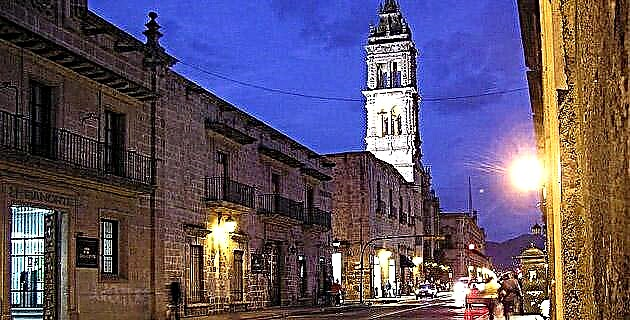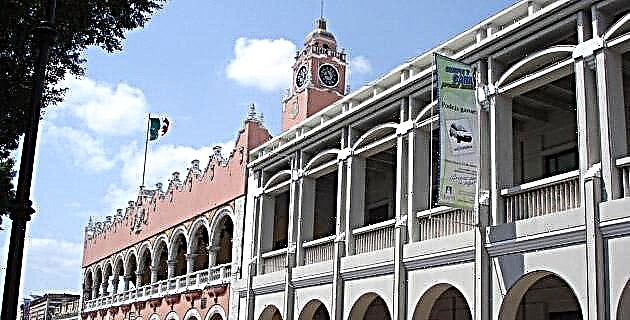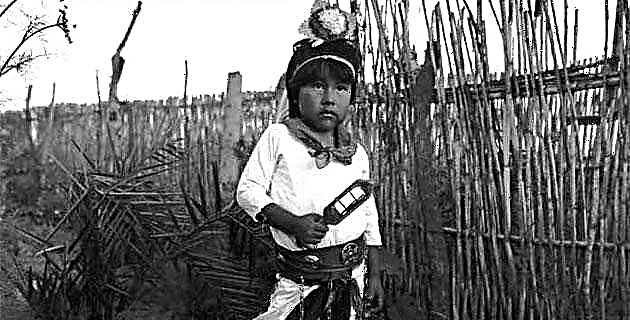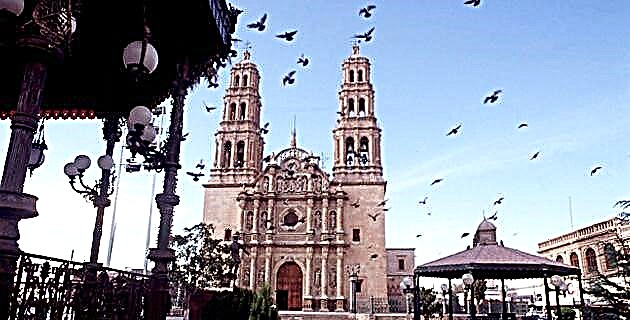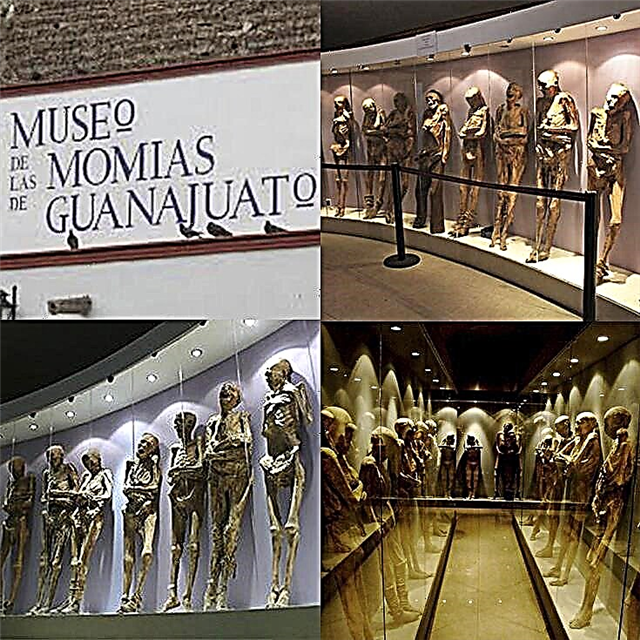It is good that before entering the mystery of the Museum of the Mummies of Guanajuato you read this guide, so that you do not miss any opportunity to shudder.
If you want to read the guide to the 12 best things to do in Guanajuato click here.
1. What is it?
This peculiar Mexican museum is a collection of excellently mummified bodies in a natural way, which have been exhumed from the Guanajuato cemetery of Santa Paula since the 19th century. In total there are 111 mummies, including adults of both sexes and children. The museum has become one of the most interesting tourist sites in the city of Guanajuato.
2. Where is it located?
The museum is located on the esplanade of the Municipal Pantheon, s / n, in the center of the city of Guanajuato. It has a parking lot for 70 vehicles, which has a rate of 7 pesos per hour for a regular car and 8 pesos per hour for vans.
3. How did it start?
In some Mexican cemeteries, a five-year fee was required to preserve the remains in the pantheon. When the bodies accumulated without any family member or friend responding for their maintenance in the cemetery, the remains were exhumed and relocated. On June 9, 1865, while Remigio Leroy was being exhumed, the gravediggers observed in amazement that the body was magnificently mummified.
4. Who was Remigio Leroy?
Leroy was a French doctor who settled in the city of Guanajuato during the 19th century. He died in 1860, being buried in niche No. 214 of the Santa Paula cemetery. In 1865, when the inventory of the forgotten bodies was made, whose relatives were not up to date with the maintenance fee, Leroy was exhumed. Now the mummy of Remigio Leroy is one of the most popular in the museum for being considered the founder.
5. Are there other identified mummies?
The mummies of Ignacia Aguilar, Tranquilina Ramírez and Andrea Campos Galván are identified with their first and last names. There are also mummified bodies that have received colloquial or generic names, such as Daniel el Navieso (the mummy of a boy), Los Angelitos (small children) and La Bruja, a mummy attributed to a theoretically deceased woman in old age.
6. How did the mummification take place?
Natural mummification can occur under particular conditions, when the characteristics of temperature, humidity, soil structure and permeability of the soil layer allow it. These conditions make it possible for the body to lose its liquid components before germs continue the rotting process. A cool, dry environment is required for mummification and preservation.
7. Did the exhibition start at your current location?
No. After the mummified bodies of Dr. Remigio Leroy and some others were extracted, the news caused a stir in Guanajuato and its surroundings. The administration of the pantheon had taken the precaution of placing the mummies in the catacombs of the cemetery and people began to flock to the pantheon to see them, which could be done in the company of the gravediggers.
8. How were the mummies made known in Mexico?
The mummies were seen in the catacombs of the cemetery, a place where not many people could enter and that of course did not have facilities for an appropriate exhibition. In 1969 the museum was opened, which survived with many shortcomings until in 2007 it was reopened after a complete modification carried out by the municipal government of the city of Guanajuato. The mummies had become known throughout Mexico in the early 1970s when the blockbuster film was shown. Santo against the mummies of Guanajuato, starring the famous Mexican actor and wrestler Saint the Silver Masked.
9. Is it true that some bodies were embalmed?
Investigations carried out by Mexican and American experts established that the body of a 24-week fetus and that of a young child were subjected to embalming processes. The specialists observed that the brains and organs had been removed from both bodies, presumably so that the corpses would be better preserved during the period prior to burial, allowing more time for the performance of the customary funeral rites.
10. Are there any horror stories about mummies?
Apart from the stories from television and cinema, there are certain strange events surrounding some mummies that move situations between reality and legend. There is a legend that a mummified woman could have been buried alive and supporters of the gloomy hypothesis are based on a clue. The body was not left with the hands together in a prayer position, as was usual, but with the arms above the head, as if it had been trying to lift the lid of the coffin.
11. Is there a murder story?
There is the mummy of a young man who shows signs of having received a severe blow to the side of the head. Legend has it that it is the mummy of a murdered man, but there is no conclusive evidence. Another legend points out that a woman died by hanging (the story has even been expanded, indicating that she was hanged by her husband), but there is no definitive evidence either.
12. Will it be possible to continue with the identification?
One of the museum's goals is to dignify the mummified bodies, gathering as much information as possible, which can eventually lead to identifications. Experts in forensic medicine and anthropology, national and foreign, apply the most modern techniques to try to establish a profile of each mummy, including the cause of death, approximate age, social environment and facial reconstruction.
13. What other things do I have in the museum?
Apart from seeing the mummies, in the different rooms you have written explanations and sound and video so that you can take with you all possible information about this interesting museum. The visit begins in a projection room where an introductory video about the museum is shown. In another room, the way mummified bodies were exhibited since the 19th century is reconstructed. Then follow the room of La Voz de los Muertos, the Imaging room and those dedicated to the other mummies, with their relevant features.
14. What awaits me in the Voice of the Dead room and the Imaging room?
In La Voz de los Muertos, some of the most important representatives of the collection tell their own stories, moments in which some of the visitors get goose bumps. The imaging room shows the main conclusions of the investigations carried out on the mummified bodies of a man and a woman.
15. What stands out in the following rooms?
In the area called Angelitos, baby mummies are exhibited dressed in the traditional way of dead children, called "little angels" in Latin America. In the room dedicated to Tragic Deaths are the mummies corresponding to people supposedly killed in tragic events. The Typical Dress room corresponds to the mummies of the people who were dressed in traditional clothes for burial. In the Mother and Son area there is one of the most important pieces of the museum, since it contains the fetus, which is the youngest mummified body in the world. There is also a reconstruction of the cemetery niches from which the mummies were exhumed.
16. Is it a global landmark?
The international world of science and the media has shown a growing interest in the museum. Apart from the world experts in forensic medicine and anthropology who have the museum as their object of study, television documentaries have been produced and some films have shown the mummies. Among the documentaries, it is worth highlighting one made by the magazine and television channel National Geographic. The famous American director Tim Burton has visited the museum.
17. What are your hours and rates?
The museum opens its doors from Monday to Thursday from 9:00 a.m. to 6:00 p.m. and from Friday to Sunday between 9:00 a.m. and 6:30 p.m. The entrance has a regular rate of 55 Mexican pesos. There are preferential prices for older adults with official identification (17), residents of Guanajuato with official identification (17), children from 6 to 12 years old (36), students and teachers with valid credentials (36) and people with disabilities (6 ). The right to use photographic or video cameras costs 20 pesos.
Ready to tour the museum without dying trying? Enjoy it!
Guides to visit Guanajuato
12 Places to visit in Guanajuato
The 10 best legends of Guanajuato